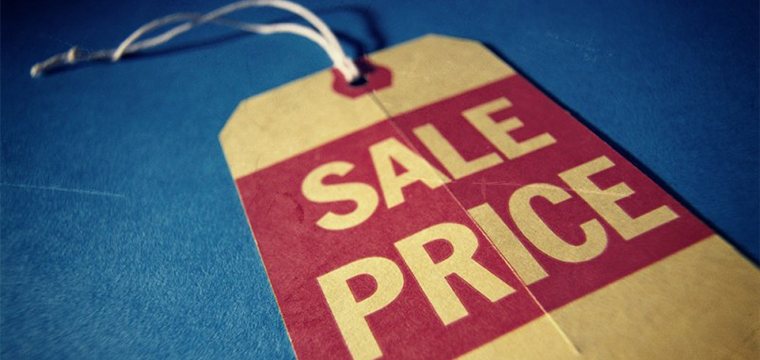Putting a Tag Price on a Prospective Business
Coming up with a price to value a business is not an exact science

Question: I am currently contemplating on buying shares in a small beverage business.
The owners are my college friends and they asked me if I’d like to be one of their additional partners and invest some money that they can use to expand the business. They told me that the company is worth P20M today. I feel that the business is doing well because of their presence in most restaurants in Metro Manila. I’m excited to join their company because it’s my first crack to entrepreneurship; at the same time I also feel anxious because I’m not sure if the amount they’re asking is fair or enough for both parties. How do I know if the amount I’m investing in their business is just right, and most importantly, how do I know if the business is worth as much as they claim it to be? – Melissa S. (via email)
Answer: There are several ways to determine the value of the business you plan to invest in and check if the current owners’ asking price is fair. But before we go further into details, one piece of advice I’d like to give is, do not get too emotional about the whole process. I understand the owners are you friends and their product excites you because they are visible to many food establishments, but these things should not be the compelling reason for you to immediately jump in and buy a stake in their business. While trust is very important in a business partnership, it is also prudent for you to do your own research and not rely entirely on the figures they provide you. Coming up with a price to value a business is not an exact science. How much the business is worth depends on the factors and criteria that you will determine as a buyer/investor. Nevertheless, there are methods that you can use to guide you in determining the estimated fair value of the business.
Methods of valuing a business
Discounted Cash Flow—This process involves projecting the future cash flow of the business over a period of years and determines how much it is worth at current prices. With this method, you, as an investor, can use a discount rate to adjust the cash flow projections to reflect the risk that you’ll be taking on if you invest in the business.
Let’s assume hypothetically that the business is projected to earn approximately P1,000,000 next year and projected its cash flow to grow by 8 percent annually for the next five years. You have identified your discount rate at 5 percent, representing your benchmark rate as compensation for the risk you will be taking in investing in the business. Now you can compute the estimated cash flow for each of the five years.
In order for you to calculate the discounted cash flow, you have to add each of the projected cash flow and calibrate them to present value using your discount rate of 8 percent.
Beverage Co. DCF = (1,080,000 / 1.051) + (1,166,400 / 1.052) + (1,259,712 / 1.053) + (1,360,489 / 1.054) + (1,469,328 / 1.055) = P5,717,514.
Based on our computation, we have arrived at an estimate of the business’s present value at P5.7M.
The discounted cash flow method is a great tool to use in putting value to an investment opportunity. However, the accuracy and effectiveness of the method heavily relies on sound and realistic assumptions of figures. A slight change in your assumptions will result in a different estimate and valuation.
Multiple of earnings method—This is a straightforward and simple method to measure the value of a business. The company’s average profit is multiplied by a certain multiple, such as the Price to Earnings Ratio (P/E), which serves as a benchmark number. Simply put, P/E ratio identifies the peso amount you are willing to pay or invest in exchange for a peso of the company’s earnings. Let’s say the company has a P/E ratio of 8X—it means that you are willing to pay P8 for P1 of earning. To get an idea of what P/E to use, it is common to compare similar businesses within the industry or check the P/E of similar business in the stock market.
Assuming that a similar beverage company listed on the stock market has a P/E of 8X and the company you want to invest in has average earnings of P1,000,000. The estimated value of the business is P8,000,000 (P1M multiplied by 8).
There are several other methods being used to value a business but I hope these two will give you an idea on how to put a tag price on your investment. Make sure you gather pertinent financial information such as historical income statements, projected cash flows and net worth statement.
* * *
Jesi Bondoc is a Registered Financial Planner of RFP Philippines. He is the current Director of My Wealth MD and Partners Inc. and a columnist in Money Sense Magazine and Business Mirror.
Source: http://www.manilatimes.net/putting-a-tag-price-on-a-prospective-business/260560/
Comments
2,552 total views, 1 views today












Social